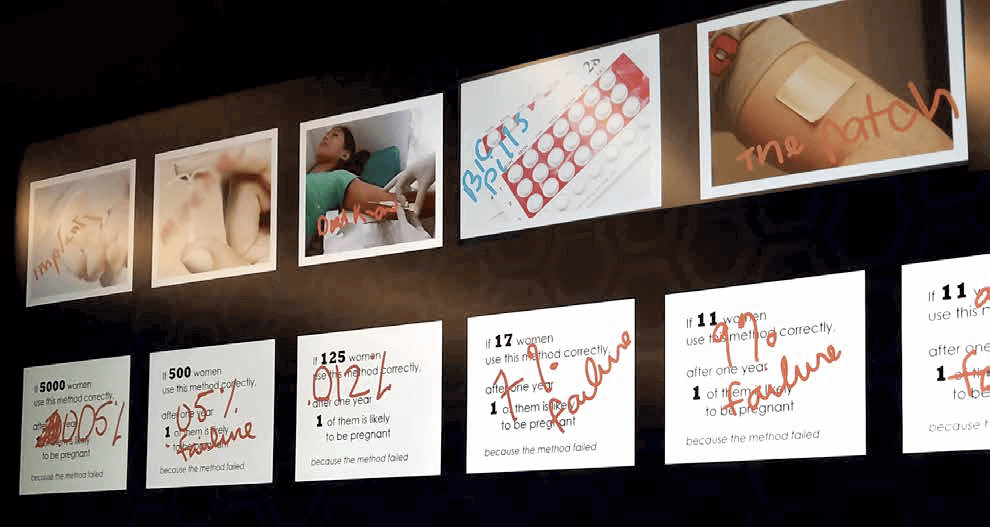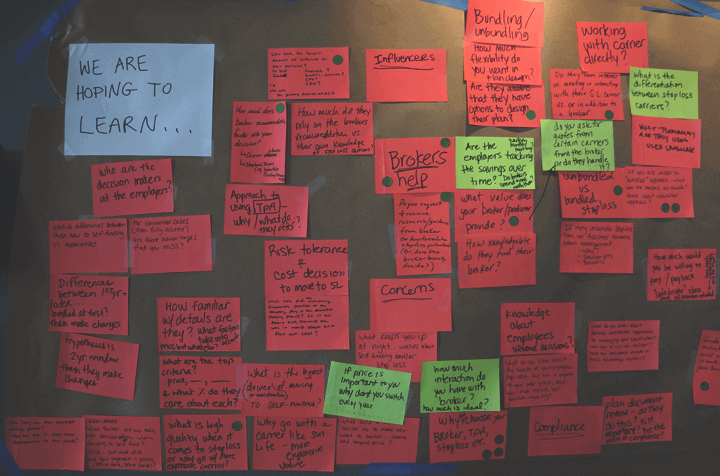
How Do Doctors Communicate About Contraceptive Methods?
Client: Communication Science Inc.
Location: Chicago, IL
I conducted ethnographic research and interviews with OB-Gyns and their patients to better understand how patients were being counseled about long-acting reversible contraception and how that in turn impacted their health behaviors and contraceptive decisions.
We video recorded office visits between 18 doctors and 177 women patients, then conducted follow-up interviews with both the medical practitioners and patients to understand how (and what types of) contraceptive counseling is communicated to patients.
Our research findings uncovered the roadblocks that prevented doctors from providing long-acting reversible contraceptive counseling, identified patient knowledge gaps and biases, and triggers or opportunities for education patients.
Our findings culminated in a communication strategy for counseling patients about long-acting reversible contraception that included an experiential event between doctors and patients, a deck, and video clips.

